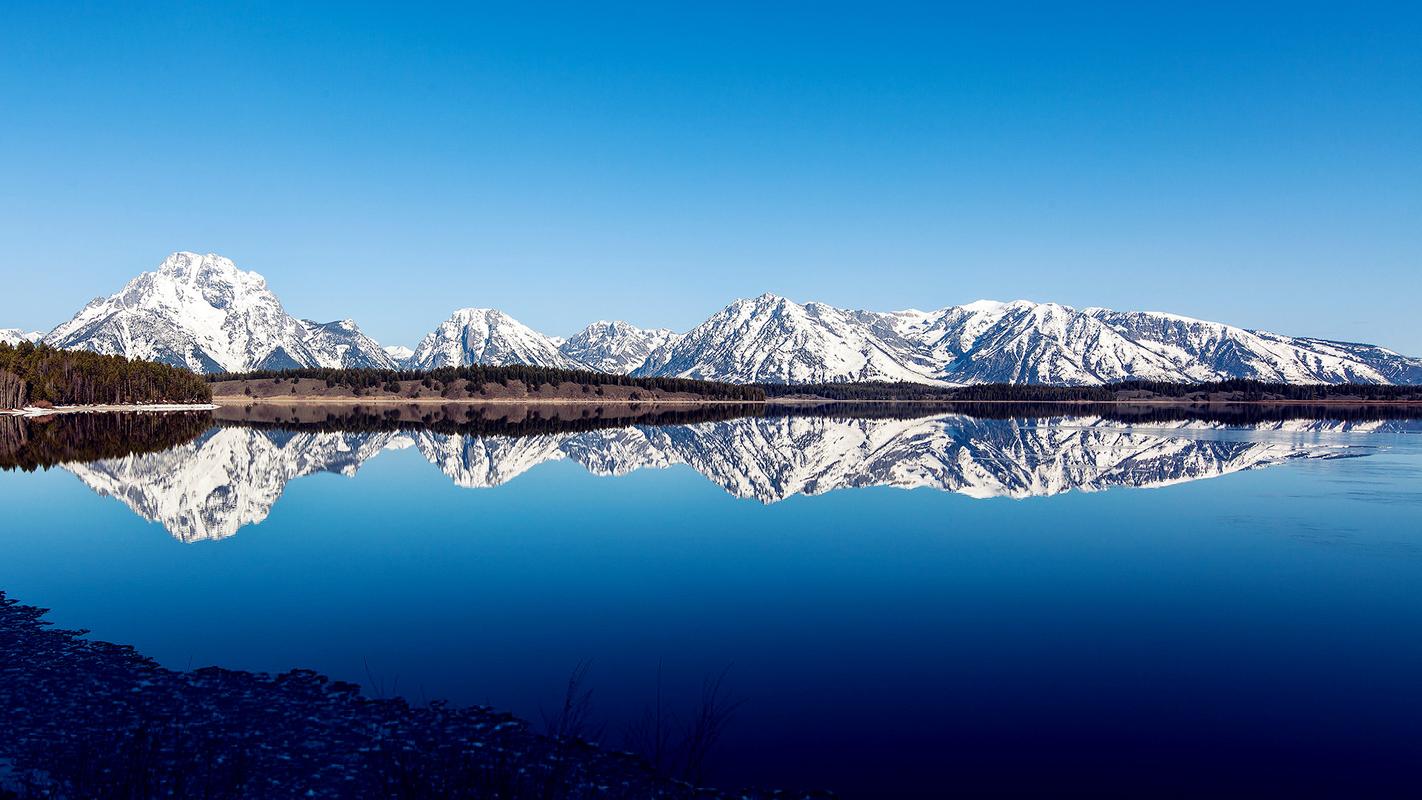Exploring the Rich Cultural Heritage of Hispanic Communities
Hispanic communities have a rich and diverse cultural heritage that has contributed significantly to our society. From their customs to their food, music, and art, the Hispanic population in the United States has played an essential role in shaping American culture.
The History of Hispanic Communities in the United States
Hispanic communities in the United States have a long and complicated history. The first Hispanic settlers arrived in the Americas in the 16th century, essentially as part of Spanish colonialism. Later on, the Mexican-American war saw the acquisition of more Hispanic territories by the United States. In the early 20th century, many people from Central and South America moved to the United States in search of better economic opportunities.
The Importance of Family in Hispanic Culture
One of the most significant aspects of Hispanic culture is the emphasis placed on family. Families have a central role in the lives of most Hispanics and are seen as a source of strength and support. It’s not uncommon for multiple generations to live together, with grandparents playing a crucial role in the upbringing of grandchildren.
The Vibrant Music and Dance of Hispanic Communities
Hispanic communities are known for their lively music and dance. From salsa to merengue, bachata to flamenco, Hispanic music and dance have gained popularity worldwide. The rhythms and melodies are infectious and instantly recognizable. Many celebrations in Hispanic communities involve music and dance, including weddings, baptisms, and quinceañeras.
Celebrating Heritage with Traditional Foods
Hispanic cuisine is incredibly diverse, with each country or region having its specialties. Traditional foods, such as tamales, empanadas, pupusas, and arroz con pollo, are often enjoyed during family gatherings or special occasions. Many popular Hispanic dishes, such as tacos and burritos, have become ubiquitous in the United States, with Mexican restaurants being found in almost every city.
The Future of Hispanic Culture in the United States
The Hispanic population in the United States is growing rapidly and is projected to continue doing so. By 2060, it’s estimated that one-third of the country’s population will be Hispanic. As the community grows, it’s essential to continue to celebrate and preserve Hispanic culture. By doing so, we can ensure that future generations can enjoy the rich heritage of Hispanic communities.
In conclusion, exploring the rich cultural heritage of Hispanic communities is a gratifying experience that broadens our perspective on the diversity of the American population. From their heritage to their contributions to various fields, the Hispanic community has played an integral part in shaping the United States. By celebrating and preserving their culture, we can ensure that future generations can continue to appreciate the vibrant and diverse heritage of Hispanic communities.
(Note: Do you have knowledge or insights to share? Unlock new opportunities and expand your reach by joining our authors team. Click Registration to join us and share your expertise with our readers.)
Speech tips:
Please note that any statements involving politics will not be approved.
